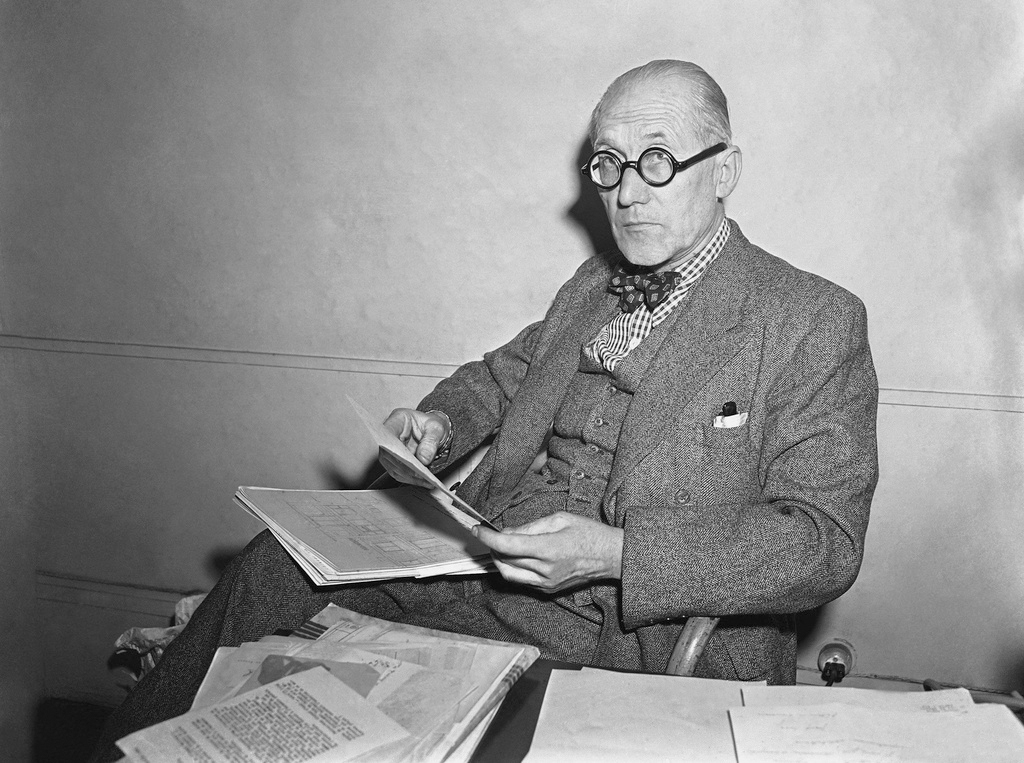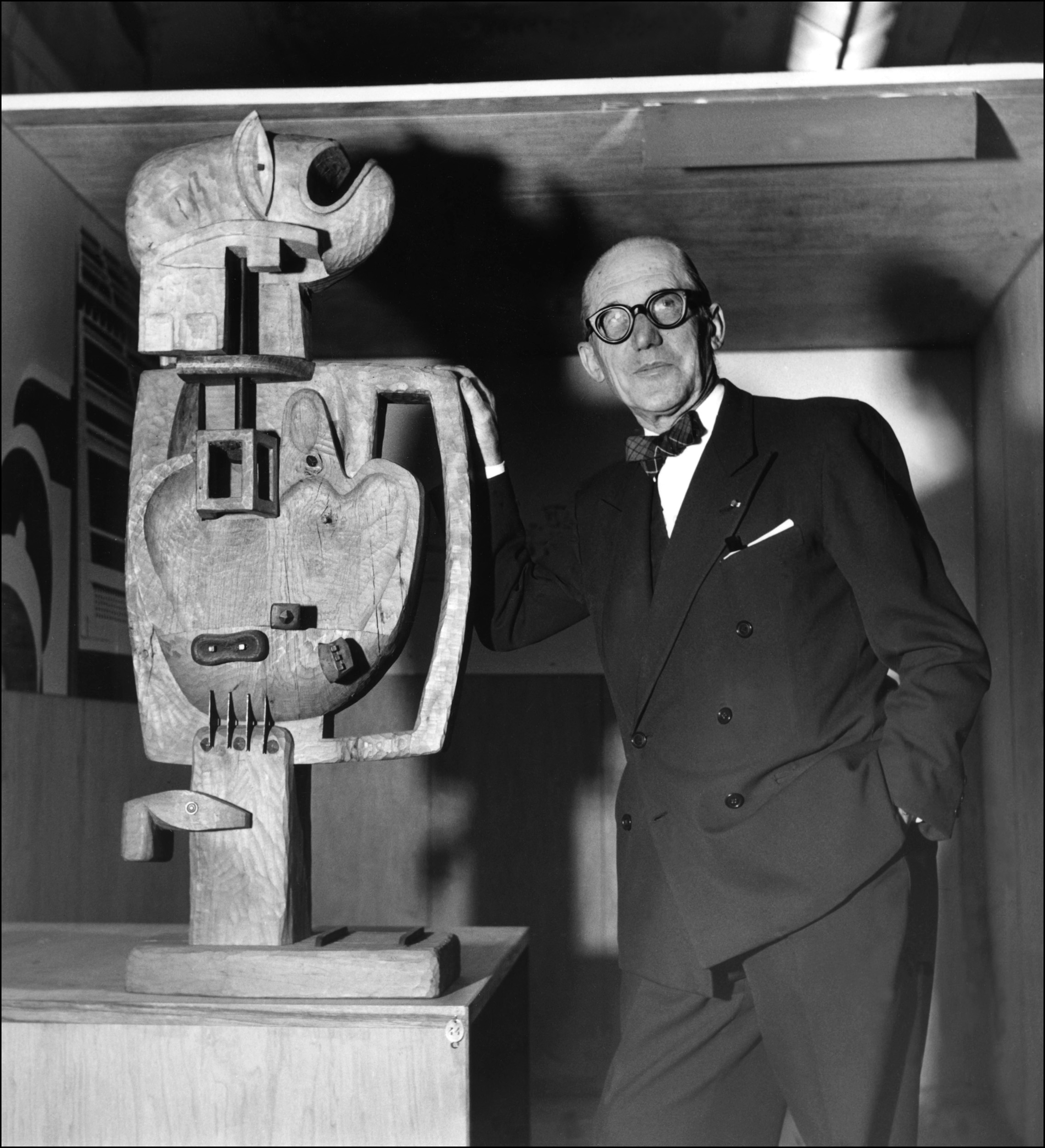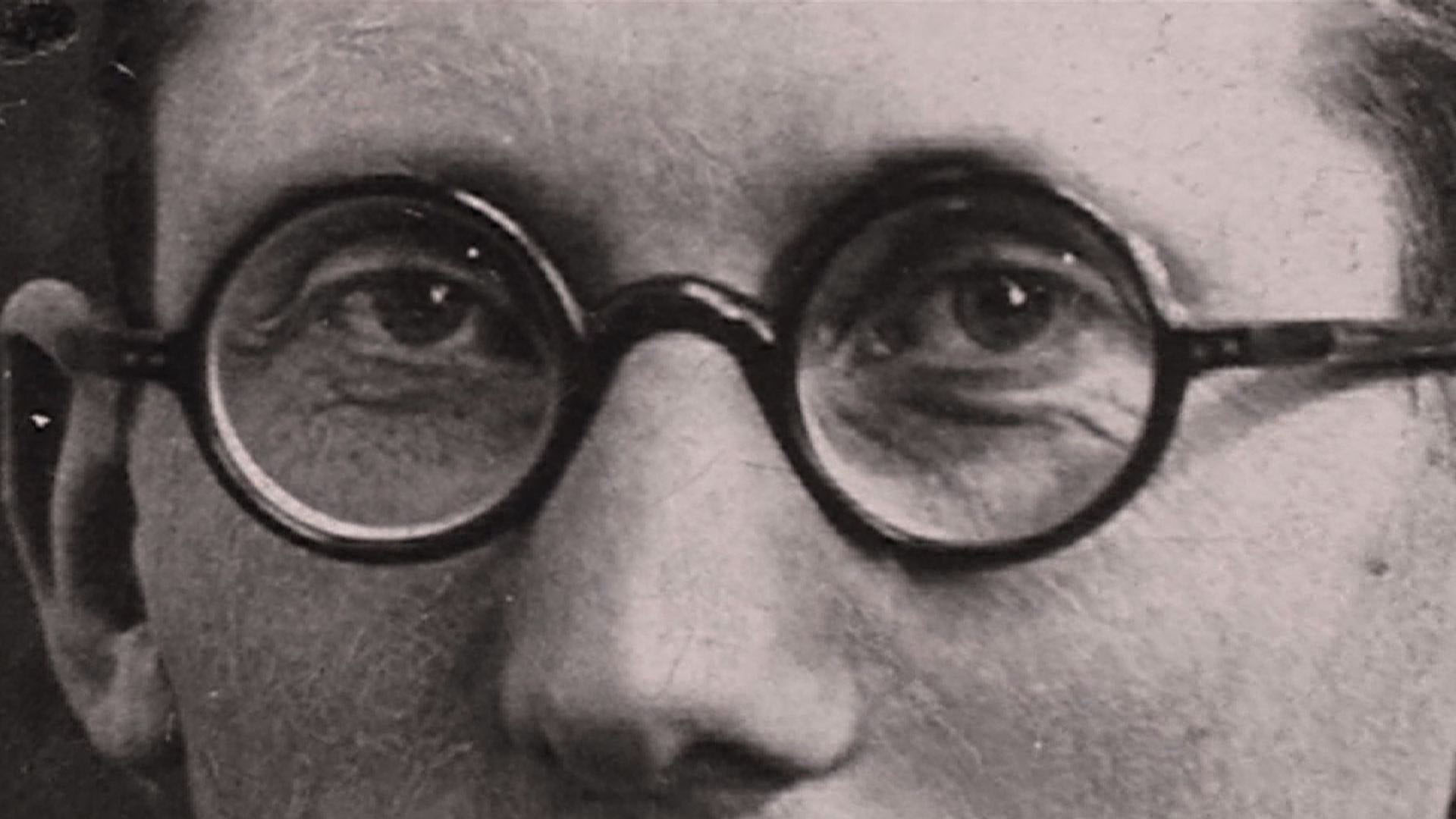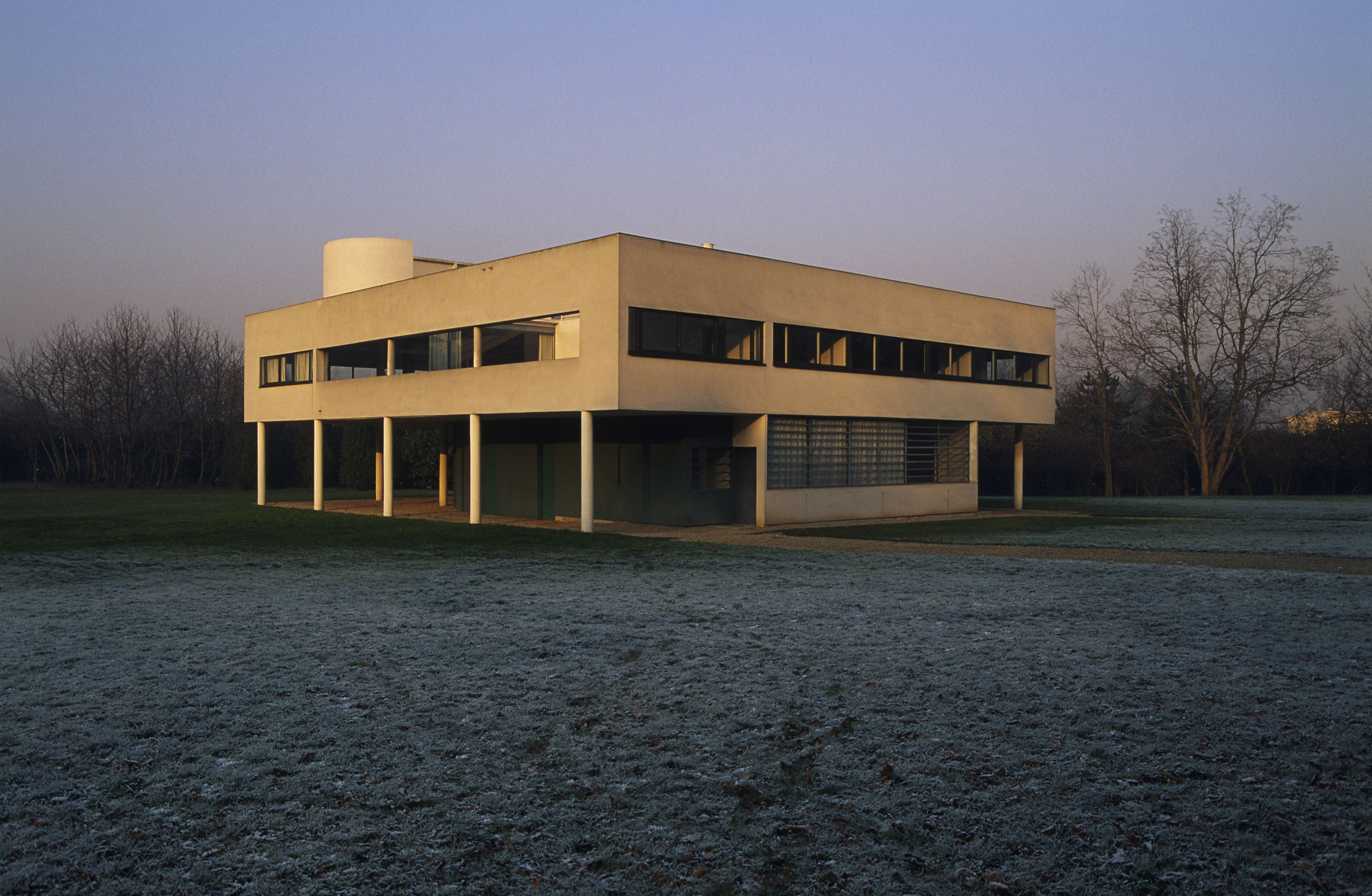Le Corbusier’s brave new India

Can Chandigarh, where Swiss-French architect Le Corbusier fully realised his modernist vision, provide the template for India’s future urban growth?
At 92 years old, MN Sharma is hard of hearing and more than a little frail. But his eyes still light up as he begins to reminisce about the time, more than half a century back, when he joined a small team of fellow architects to begin building the Indian city of Chandigarh – in the process meeting Le Corbusier, a man he would soon come to view as a mentor. In 1955, just a few years into the construction effort, Sharma recalls feeling “like a child” as he took the Swiss-French master planner to visit a house the young Indian had designed for his father. “He went around, and liked it. I was happy,” Sharma recalls. “My father didn’t realise I was taking a great man along with me.”

More
Financial Times
External linkLe Corbusier, who was born Charles-Édouard Jeanneret and died 50 years ago this August, has a mixed reputation in the west. A giant of 20th century architecture, his radical reimagination of urban life left its imprint from Brasília to New York. Yet many still view him as a modernist zealot: a man who dreamed up a plan to vandalise much of Paris in 1925 by concreting over the 3rd and 4th arrondissements for a new business district dotted with vast, cruciform skyscrapers. In Chandigarh, however, such critics are hard to find. Sitting in his living room, its walls dotted with his mentor’s original drawings, Sharma is glowing. “To my mind it was the greatest experiment in the contemporary history of planning and architecture,” he says of the city. “And this experiment of Chandigarh was where Le Corbusier put all of his previous experience.”
Unlike any other
The result is an Indian city unlike any other. Standing roughly 250km north of New Delhi on the baking plains of Punjab, its orderly grid-system appears almost fantastical in a country whose urban centres are synonymous with chaos. Even rare exceptions such as the carefully planned heart of New Delhi only seem to underline that rule with the bedlam of their peripheries.
By contrast, wide boulevards connect all 56 sectors in Chandigarh, each designed as a self-contained micro-neighbourhood with shops, schools and entertainments. The surroundings are green too, with parks and tree-lined avenues to soften the effect of its largely concrete, block-like buildings.
On a warm evening in early June, I watched in half-disguised amazement as locals gathered in a sprawling piazza in sector 17, the heart of the city. Young Sikh men in bright orange and green turbans sat on neat park benches, while crowds gathered nearby to watch a musical fountain swoosh back and forth, to the rhythm of thumping Punjabi dance beats. The surrounding buildings, fabricated in concrete, were not much to look at. But the square itself was delightful, and unlike anything I had seen elsewhere in India – a country where pretty, pedestrianised European-style public spaces sadly remain a rarity.
The calm and order of contemporary Chandigarh marks a further contrast with the mayhem that preceded its foundation, in the bloody aftermath of partition. Lahore, the capital of Punjab, was lost to Pakistan in 1947, requiring a replacement. Le Corbusier was not an obvious candidate to design it, but his modernist vision appealed to Jawaharlal Nehru, as India’s first prime minister grasped for grand projects to express what he called “the nation’s faith in the future”. Visiting his new project in 1952, Nehru said it should “be a new town, symbolic of the freedom of India, unfettered by the traditions of the past” – a visible means of breaking with a heritage of economic backwardness and colonial subjugation.
Pradeep Singh, deputy dean at the Indian School of Business, recalls that early spirit in the stories he was told by his parents. Singh’s father moved to the site of the city when it was little more than arid farmland, living in tents with the other planners, including both MN Sharma and Le Corbusier himself. “My father was just out of architecture school,” he says. “I was born a year later, so I imagine I was conceived in one of those tents. And that is also where Chandigarh was started too.”
Initial scepticism
Le Corbusier at first was sceptical, dismissing two Indian officials who visited his office at 35 rue de Sèvres in Paris in 1950. But he gradually came round, tempted not by money – his salary was just £2,000 a year, well below his usual fee – but by the chance to give form to a lifetime of ideas. For India, by contrast, financial considerations were central. Facing exchange rate pressure in the years after independence, its government picked Le Corbusier over an American rival, in part because it could not afford to pay fees in dollars.
Having signed on, Le Corbusier refused to move to India, visiting just a few times each year. Yet while he was not the city’s only designer – the team included a handful of other senior architects – he was undeniably its most famous, adding glamour to independent India’s grandest project. “It is an event of global import, and it may cause talk for centuries,” as the New Yorker put it in 1955. “The general feeling seems to be that he [Le Corbusier] took on the task primarily as a way of justifying his theories. He is almost 70, it is pointed out, and thus far most of those theories have been tried only on paper.”
That influence remains clear around the city, not least in the fact that Chandigarh still employs a powerful chief architect to guide its development. Kapil Setia, the present incumbent, sits at a desk beneath a giant master plan that takes up most of the wall behind his head, while his business card carries an image of the open hand sculpture Le Corbusier designed as the city’s symbol. “He compared his plan to the human body,” Setia explains, “with the capital buildings at its head, the central business district as the heart, and with the industrial areas on the eastern flank and the knowledge and education area on the other side as the two arms.”
‘Going to sector 25’
That head area includes a trio of grandly titled buildings – the Palace of Justice, Palace of Assembly, and Secretariat – designed by Le Corbusier, their concrete now fading slightly after too many scorching Indian summers. But myriad smaller details also reveal the city’s careful design. Each road is planted with different varieties of trees, for instance, while manhole covers are etched with city maps. Le Corbusier’s precision has even seeped into local idiom, Pradeep Singh explains: locals use “going to sector 25” as a euphemism for death, in reference to the zone that houses its cremation ground. By and large Chandigarh’s residents speak warmly of their home, which has grown since its completion in 1960 to become India’s wealthiest city per capita, and its highest ranked according to indices of human development. Some who grew up there complain of worsening traffic, but that partly reflects the change from its earliest years. “We had a game we would play, to cycle to school a few miles away without touching the handle bars at all, there were so few cars,” says Yasho Saboo, a local industrialist.
To some extent, Saboo claims, the city even came close to justifying Nehru’s hopes of building up a more secular and democratic culture, albeit at the cost of a creating a place whose design was almost entirely alien to the country around it. “There was no conception of caste here when I was growing up,” he says. “This was a place where everyone was an immigrant, so to some degree we all felt equal.” Today that egalitarian sense is less clear. Many in Chandigarh complain about immigrants flooding in from poorer parts of India, pushing a city designed for 500,000 to its present population of 1.2m. Some, such as art historian BN Goswami, worry that Le Corbusier’s vision is gradually being eroded, leaving modern Chandigarh at risk from the kind of higgledy piggledy development that scars most other Indian cities. He points to its newer areas, which are somewhat less carefully planned than its scrupulous core, and that even host the occasional slum.
Others, such as Mr Saboo, express the opposite concern, namely that the strict limitations of its founder’s plan – which bans tall buildings, for instance – may now hobble Chandigarh’s development. It is a point echoed by academic Sunil Khilnani. “Chandigarh never achieved the cosmopolitanism it craved,” he wrote in his book The Idea of India. “Instead of ruling, enlightening and modernising its society, this city of the future became a museum piece in need of protection.” It is notable too that this bold experiment in urban planning has barely been repeated in India, even today when the county’s urban population is set to double to 590m by 2030. Prime Minister Narendra Modi talks grandly of building 100 new “smart cities” over the next few years.
Most of that effort, to the extent that it is anything more than bluster, appears to involve deploying clever new technologies to improve existing cities, rather than building entirely new ones. Here, says Pradeep Singh, India may be missing one important lesson from Chandigarh’s development. “It wasn’t just about taking an existing city and trying to make it grow, and make it better. This was a brave new leap of faith,” he claims. “You took large tracts of farmlands and decided to make a whole new city, and you did it over a period of decades, according to a master plan. The needs of India are so large that that is the only way to meet our requirements for urbanisation. Tinkering at the edges of existing cities, it is just not going to make it happen.”
Copyright The Financial Times Limited 2015

In compliance with the JTI standards
More: SWI swissinfo.ch certified by the Journalism Trust Initiative














You can find an overview of ongoing debates with our journalists here . Please join us!
If you want to start a conversation about a topic raised in this article or want to report factual errors, email us at english@swissinfo.ch.